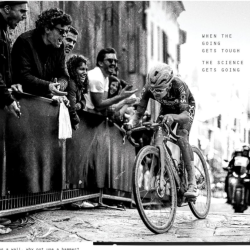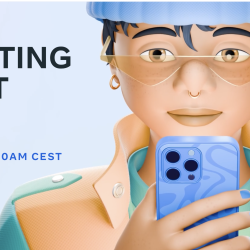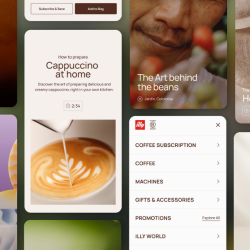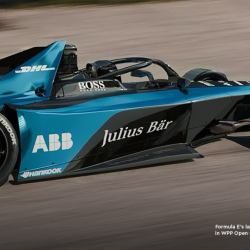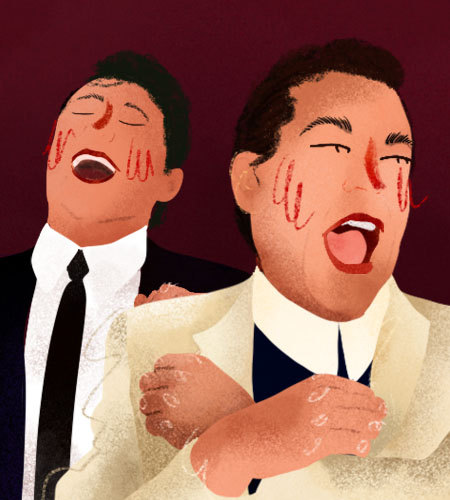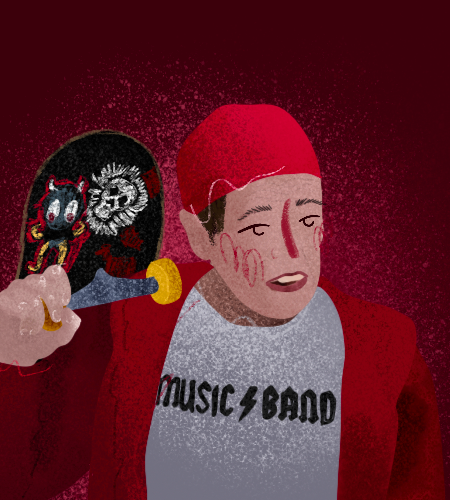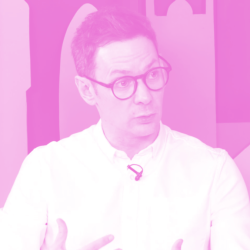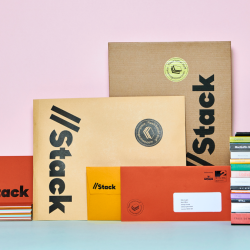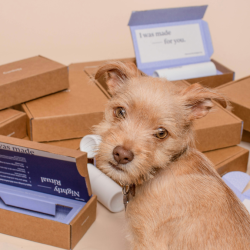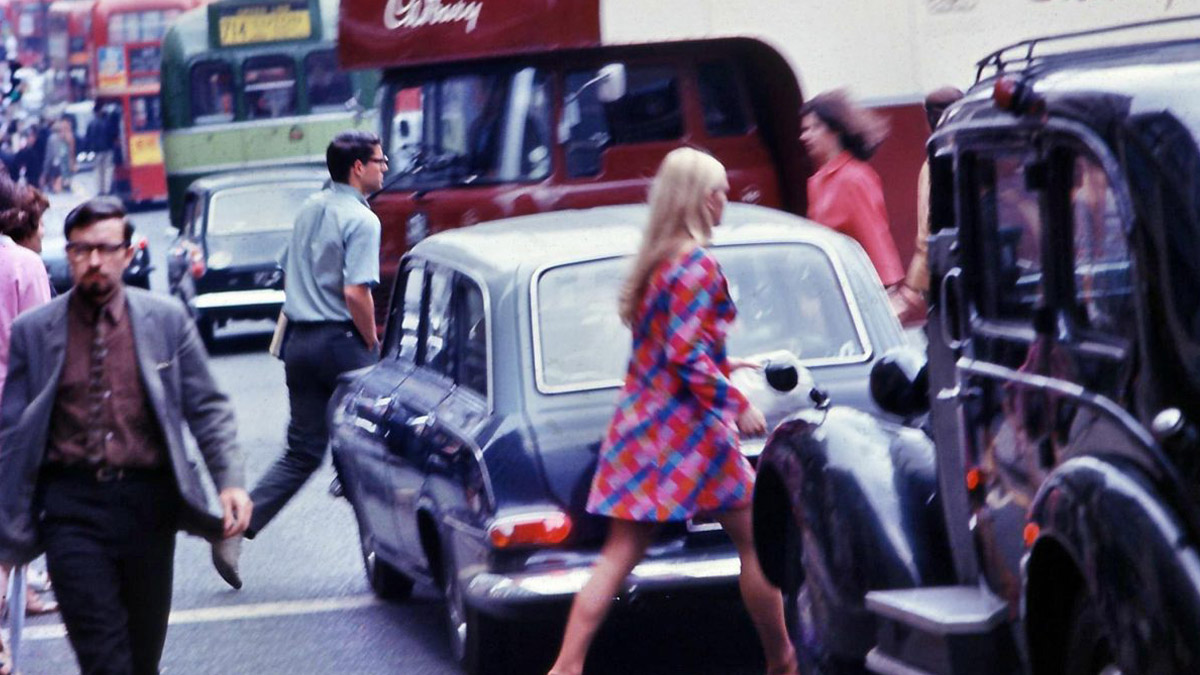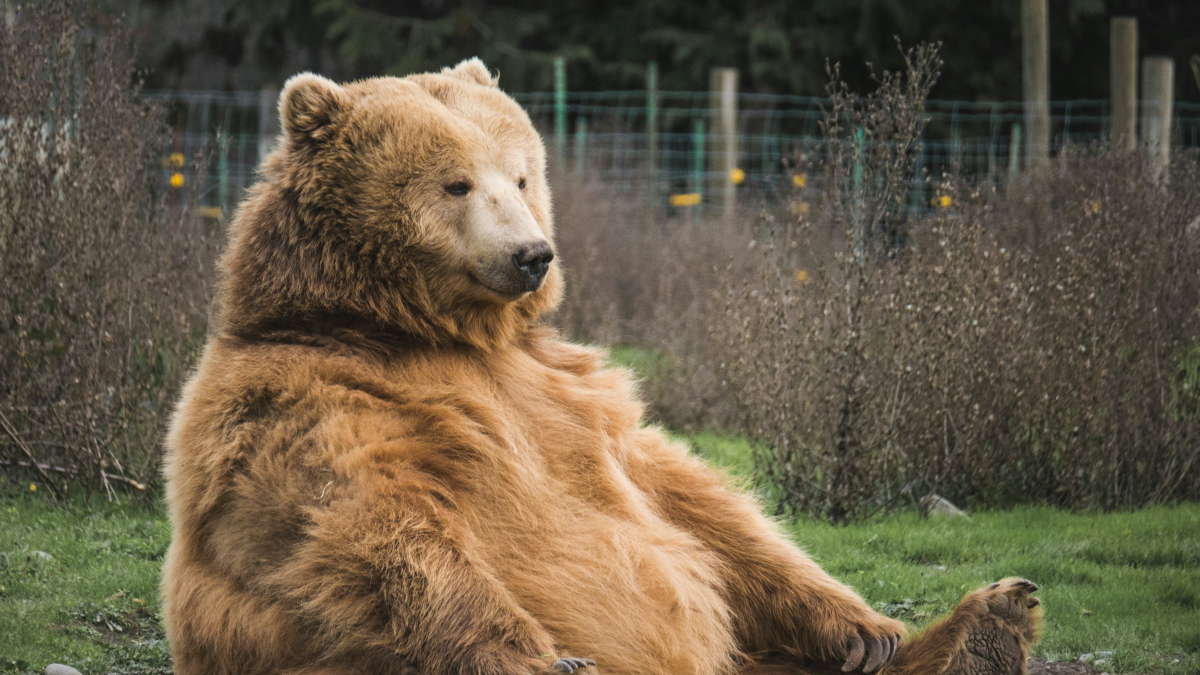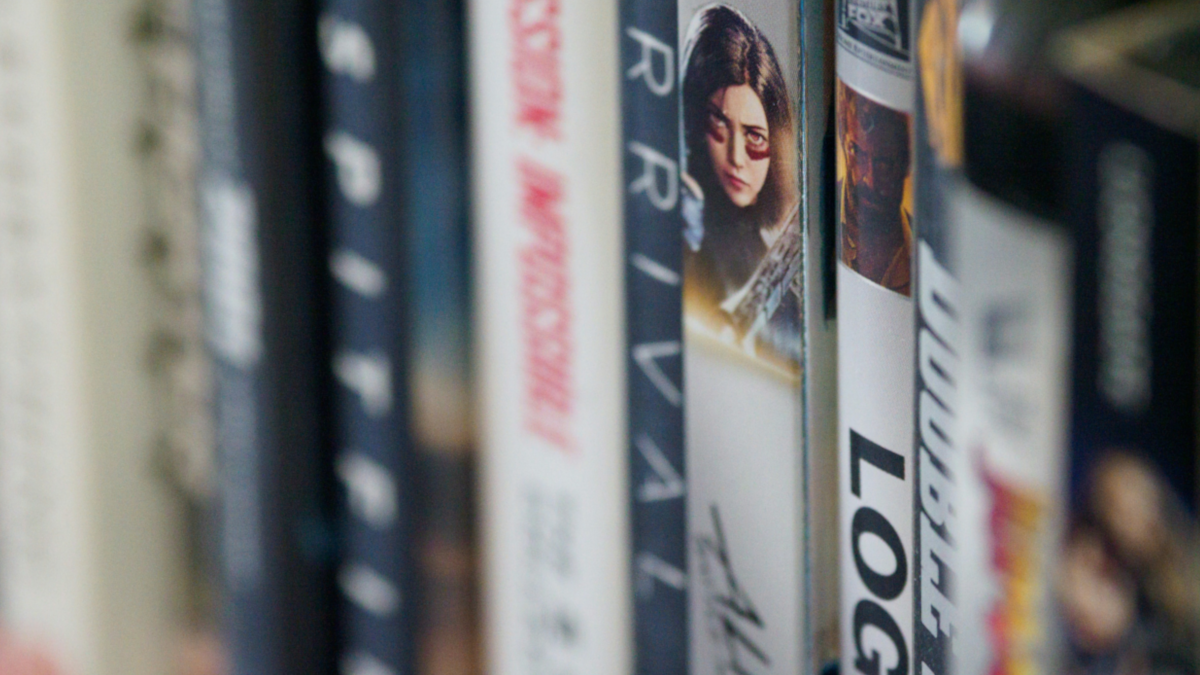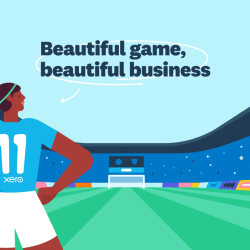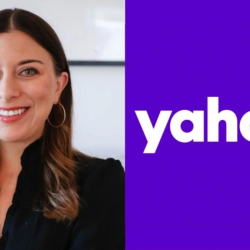My first job was presenting retail audit reports for AC Nielsen Company. My colleagues and I visited the country’s biggest brand owners every two months to tell them how they were doing against their principal competitors. Sales and distribution data were crucial, and we broke down the numbers both geographically and by store type. But it was the brand share chart that particularly captured the attention of the client bigwigs, especially the Managing Directors, who in those far off days always cleared their diaries for the Nielsen presentation.
A PPE degree from Oxford didn’t make me any kind of marketing expert, but it wasn’t hard to see why a brand’s market share was the key indicator of how things were going. These charts, you see, were the exact equivalent of league tables in football. My first winter at Nielsen was 1965/1966, and the top five in the old First Division that season were Liverpool, Leeds, Burnley, Manchester United and Chelsea. My client brands at that time included Silvikrin, Bristows and Vosene (shampoo), Macleans (toothpaste), Imperial Leather (toilet soap), Promise (puddings), Surprise (peas), Izal (disinfectant and toilet paper), and Cadbury (chocolate).
The top 5 football teams all had big stadiums, star forwards, resolute defenders and charismatic managers. But it needed something special — not just the passionate fans — to win the league.
Making a difference
In the 1960s it was the same story in the supermarkets that were springing up all over the country. Apparently similar brands were rubbing shoulders with each other on gondola ends. But the direction of travel in terms of brand share differed dramatically between winners and the rest. There were reasons why Cadbury outpaced Mars and Rowntrees.
Imperial Leather from unfashionable Salford attracted discerning customers away from established brands made by Lever Brothers and Thomas Hedley. Millions of hardy consumers continued to use hard toilet paper from Izal (manufactured in ‘Death Valley’ between Sheffield and Barnsley), instead of the newfangled soft tissue from Andrex.
In 1965 ITV was only 10 years old, and TV advertising was almost literally a licence to print money, as Sir Lew Grade famously put it. So the new profession of marketing, and its dynamic handmaiden commercial television, made the crucial difference in the brand wars. At the time I took the plunge into the London ad agency scene in 1968, my first agency Pritchard Wood & Partners were launching three new brands as groundbreaking as Smash, Range Rover and Boots No.7. They all made a difference.
Indeed, the chance to make a difference was what seduced me out of marketing research and into advertising. For the next 50 years I was lucky enough to at least contribute in some small way to making a difference for brands — whether as an account man, an agency head, or consultant to the heavy mob in global marketing.
Marketing speak in 2022 is very different to how we used to put things in the last century. As a loyal Marketing Society member I have just received an email that said, ‘Today, brands must strike the right balance between privacy and personalisation. People want rich connectivity, relevant experiences and the ability to discover inspiring content. They also expect (and deserve) to have their privacy respected. To advertise effectively, can privacy and personalisation truly coexist?’
It may well be that consumers do want ‘rich connectivity, relevant experiences and the ability to discover inspiring content’. I am sure that there is research evidence to back up this claim, and the one about privacy and personalisation.
Beyond a one-night stand
But is that all they want from their favourite brands? What about superior quality, better taste, enhanced street cred, and more bang for their buck? There are dozens of well chronicled motivations that lead people to buy one brand rather than another. And Facebook and the digital revolution haven’t totally altered consumer mindset. (Although one can certainly argue that buying online has redefined what we used to call ‘shopping’).
And surely brand preference isn’t all determined by that relatively new chestnut ‘brand purpose’? I am with star share picker and investor Terry Smith of Fundsmith Equity Fund, when he recently questioned Unilever’s focus on purpose and virtue signalling. Smith said, ‘A company which feels it has to define the purpose of Hellman’s mayonnaise has clearly lost the plot’. Nor was he setting himself up as a marketing guru. His beef with the FMCG giant is that pre-tax profits have fallen for two years in succession.
In 1995 a then giant of the US ad world, David Martin founder of the Martin Agency in Richmond VA, gave me a copy of his book ‘Romancing the Brand’. In the flyleaf he wrote as follows, ‘Advertising is not a one-night stand. Great ads have staying power: they romance the brand month after month, year after year, decade after decade. They give customers a reason to buy, and to keep buying, because they steadily advance the unique value and quality of the brands they represent’.
Let’s make just the one necessary update: ‘ads’ to ‘marketing communications’.
David Martin used the phrase ‘Great ads’. I continue to believe that in our world, marketing communications (and everyone involved in creating and distributing them) can make a massive difference to people’s enjoyment and appreciation of the brands they love — always providing those marcomms are well crafted and effective.
Featured image: Greg Lehey




